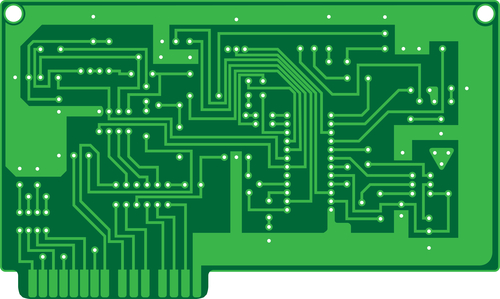When working with a new PCB Assembly Service Provider, one of the most critical documents you will prepare is the Bill of Materials (BOM). This document outlines every component necessary to assemble your printed circuit board, serving as the foundation for accurate quoting, ordering, and production.
Errors in the BOM can result in costly delays, incorrect assemblies, or even complete project failure. Whether you’re a startup launching a prototype or an established manufacturer submitting a large production order, a well-prepared BOM is essential for ensuring quality and efficiency.
So, what exactly should be included in your BOM when submitting it to a PCB assembly service provider?
1. Component Quantity
Clearly indicate how many of each component you’ll need. Be sure to account for spares or overages if your vendor recommends them.
2. Reference Designators
These are the tags (like R1, C3, U2, etc.) that correspond to the placement of each component on the PCB layout. Including these helps the assembler identify where each part goes.
3. Manufacturer Name and Part Number
Always specify the exact manufacturer and their part number for each component. This prevents any confusion in sourcing or substitutions that could impact performance or compliance.
4. Description and Specifications
Include a brief description of each component, such as “10kΩ resistor, 1%, 0603.” While not always required, this helps verify correct parts.
5. Package Type
List the physical package (e.g., SOIC, QFP, 0402) to help ensure the right footprint is used on your PCB.
6. Notes or Comments
Use this section to highlight any special instructions or acceptable alternate parts.
Before sending your BOM to the PCB assembly service provider, contact them directly to confirm their preferred format and any additional details they might need. At Yun Industrial, we work closely with clients to ensure every BOM is precise, clear, and ready for seamless production. Reach out to our team to get started on your next project!


